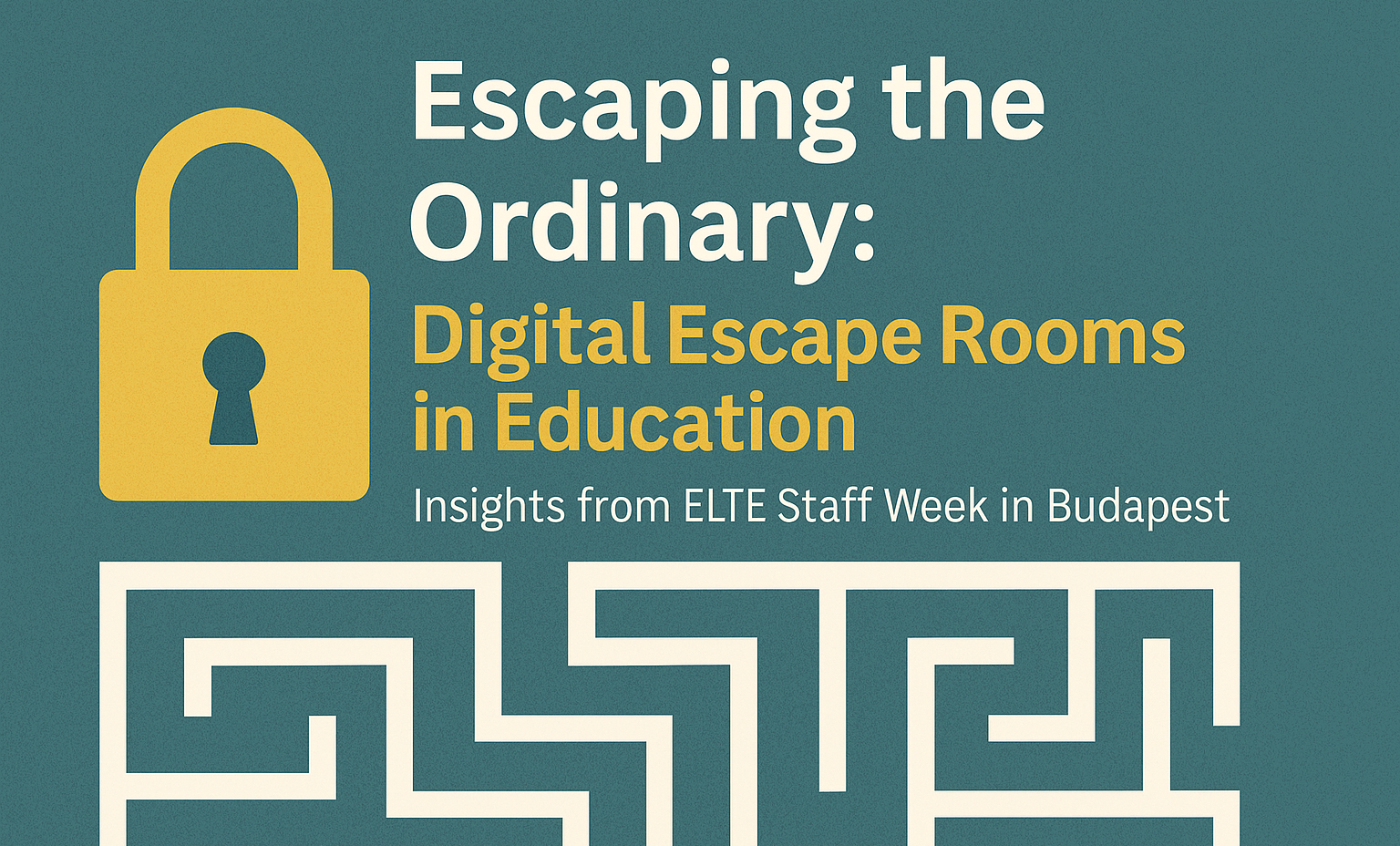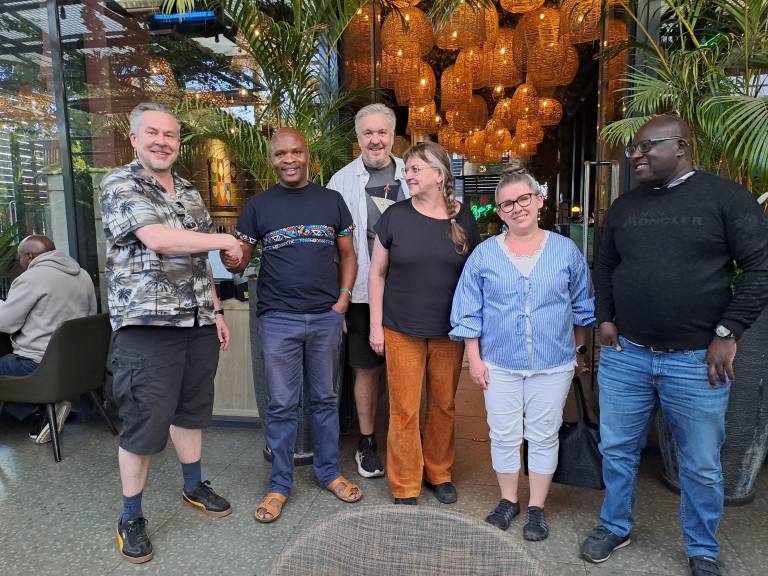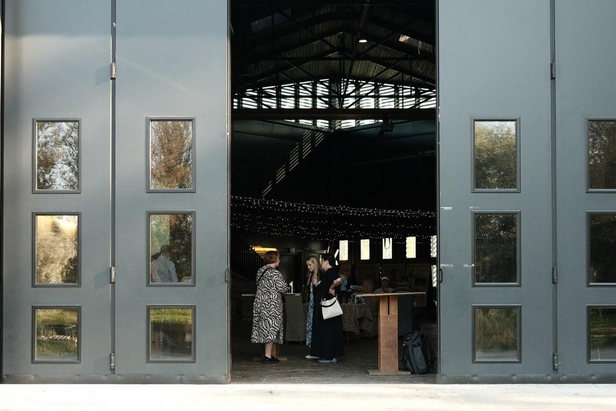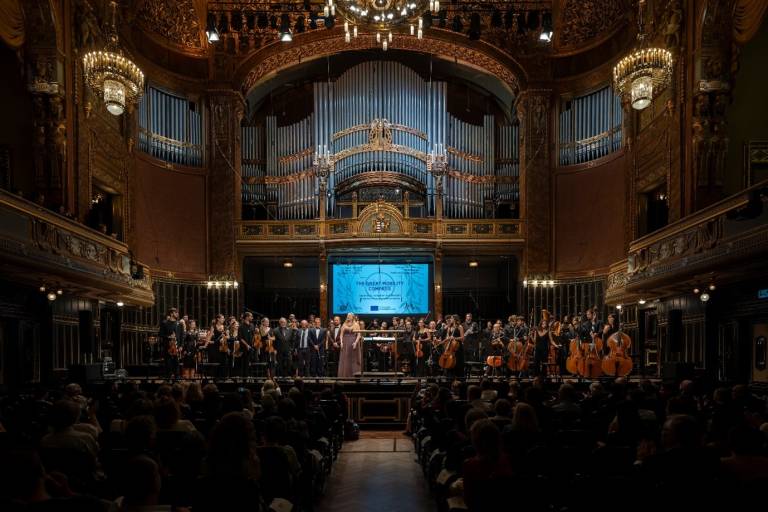The workshop introduced us to the concept of digital escape rooms – interactive, challenge-based learning experiences where students solve tasks to “escape” from a virtual scenario. What made this especially relevant was how adaptable the format is across subjects, languages, and learning levels.
During the hands-on activities, we explored how digital tools like Google Forms, Genially, and LearningApps can be combined to create engaging, gamified learning environments. One highlight was designing our own escape room story and tasks.
After successfully designing one, it gave me a strong sense of how these rooms can be aligned with curriculum goals while making learning fun and memorable.
👉 Try out the escape room my group created during the workshop: Lost in Elmina: The Race to Accra
Our story follows a tourist who’s lost in Elmina and must race across Ghana to catch a flight from Accra. The story about Ghana was chosen because my team was curious to learn more about the country and wanted to explore its geography and culture through this project. Along the way, players solve puzzles rooted in Ghanaian culture, history, and geography. It was a wonderful experience to co-create this with colleagues from different institutions. What struck me most was how escape rooms naturally encourage collaboration, problem-solving, and language use. Whether students are unlocking vocabulary codes or solving grammar riddles, they’re actively participating and thinking critically.
One surprising insight was how easily language learning and content goals could be embedded into a game without sacrificing academic depth. I’ve already begun developing a digital escape room titled “Mission: Save the Planet,” which helps students learn environmental vocabulary and practise English communication in a playful way. It’s been exciting to combine creativity with pedagogy. Would you be interested in creating one with me or learning more about digital escape rooms? Let’s dive in together!
This workshop has truly sparked new ideas for how to engage learners through play, puzzles, and storytelling. I look forward to testing more escape rooms in my own teaching, and maybe even co-creating some with students.
If you’re curious about adding an escape room to your course, I highly recommend giving it a try. You might just escape the ordinary.
Have you used digital escape rooms in your teaching? I’d love to hear your thoughts!
Text: Emmanuel Abruquah (TAMK) MA. MBA. (Senior Lecturer)
Languages and Communication, School of Pedagogical Innovations and Culture
As a dedicated educator, I enthusiastically embrace new challenges within the realms of Higher Education, Business English, professional writing, intercultural communication, and global employability. The prevailing trend of Artificial Intelligence (AI) has sparked fresh perspectives on language teaching and learning. This dynamic landscape inspires me to continually explore innovative approaches, ensuring that my teaching methods remain aligned with the evolving needs of the 21st century.





